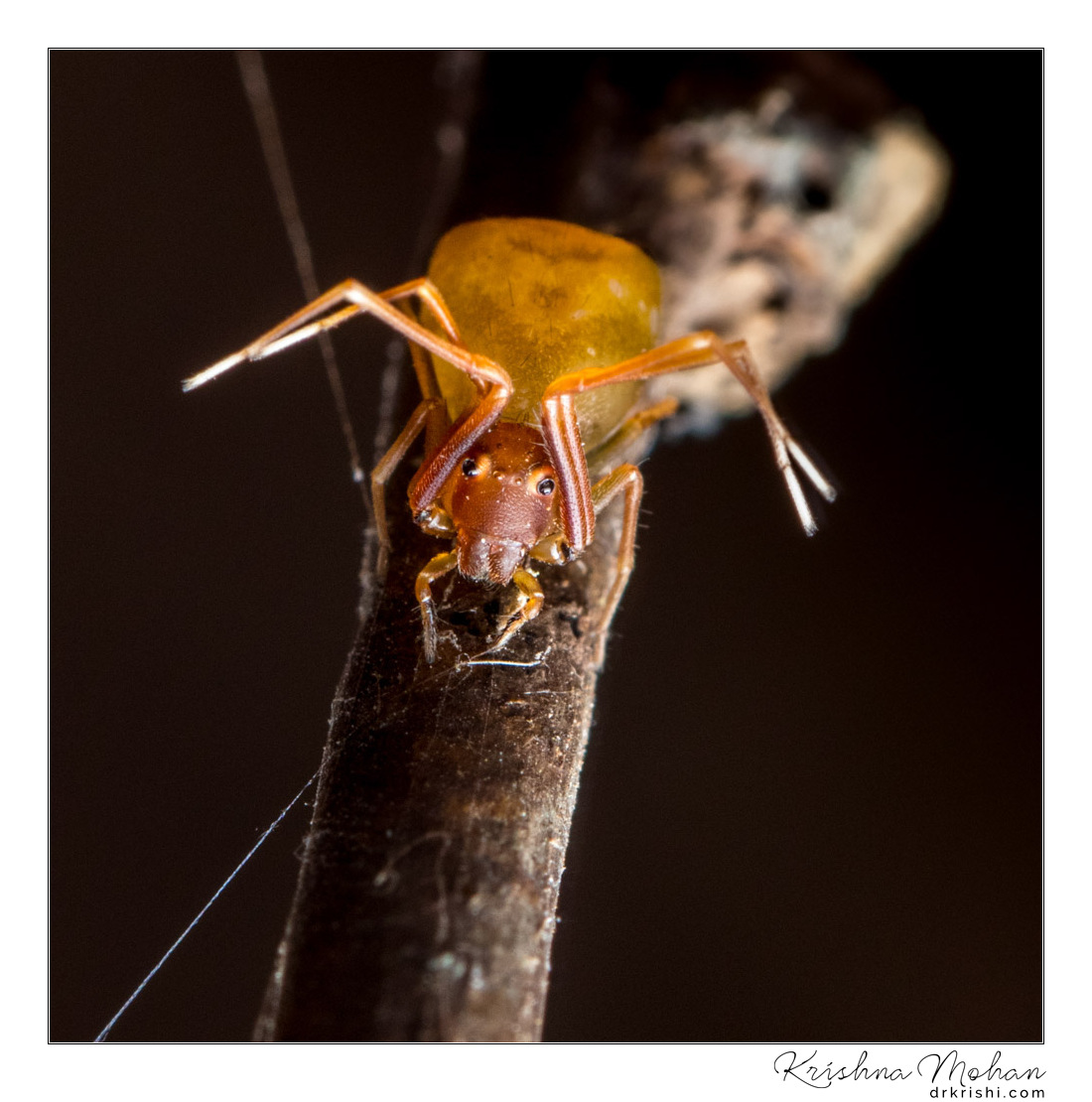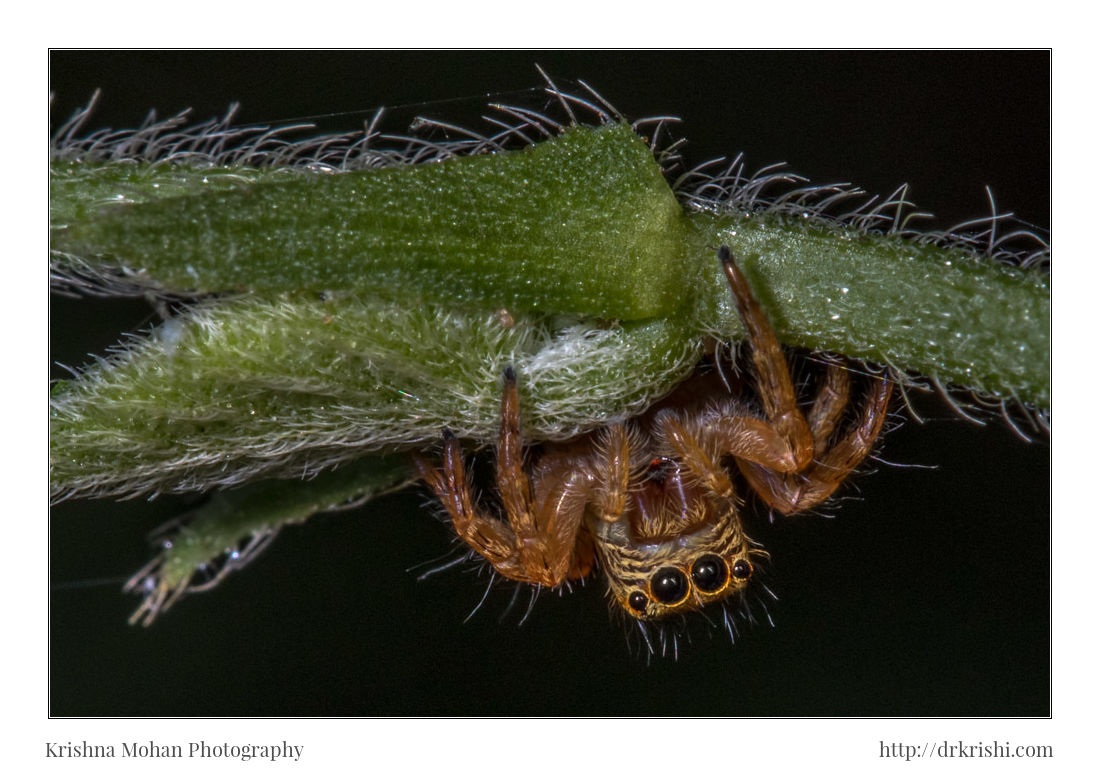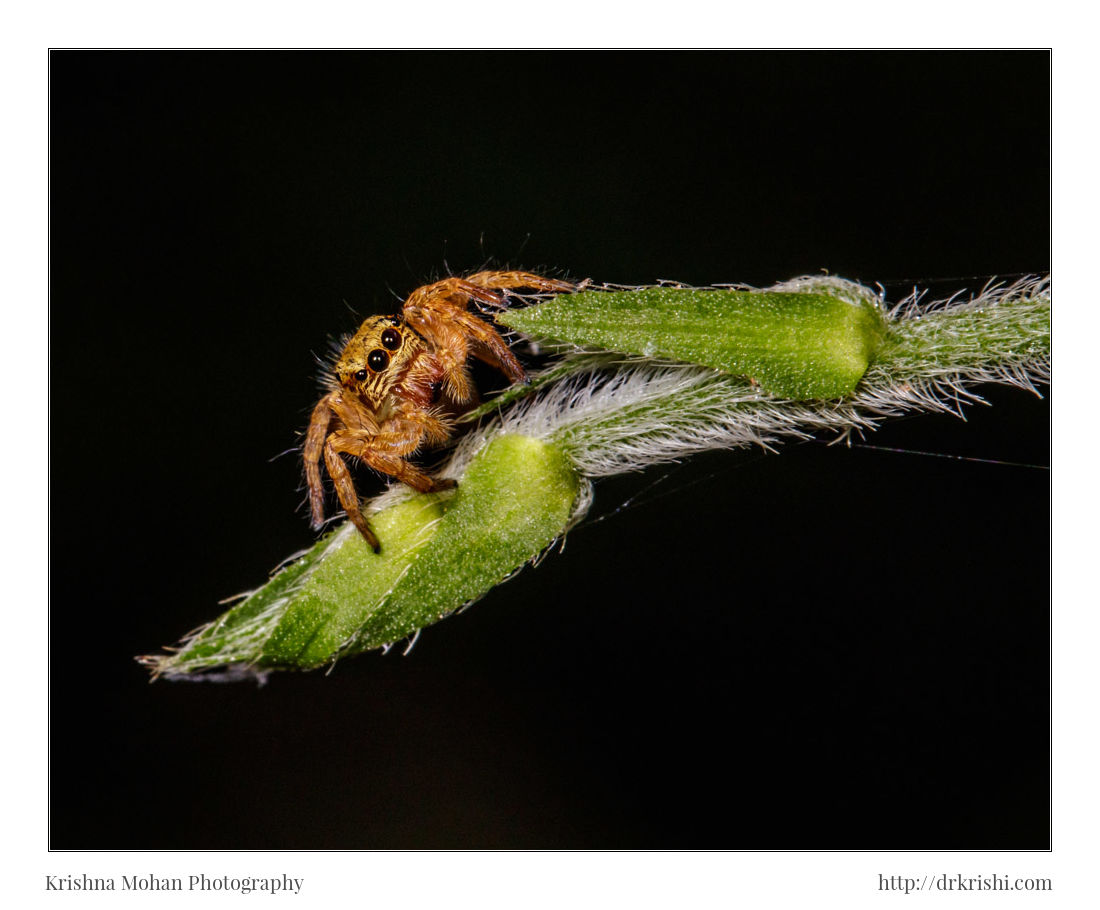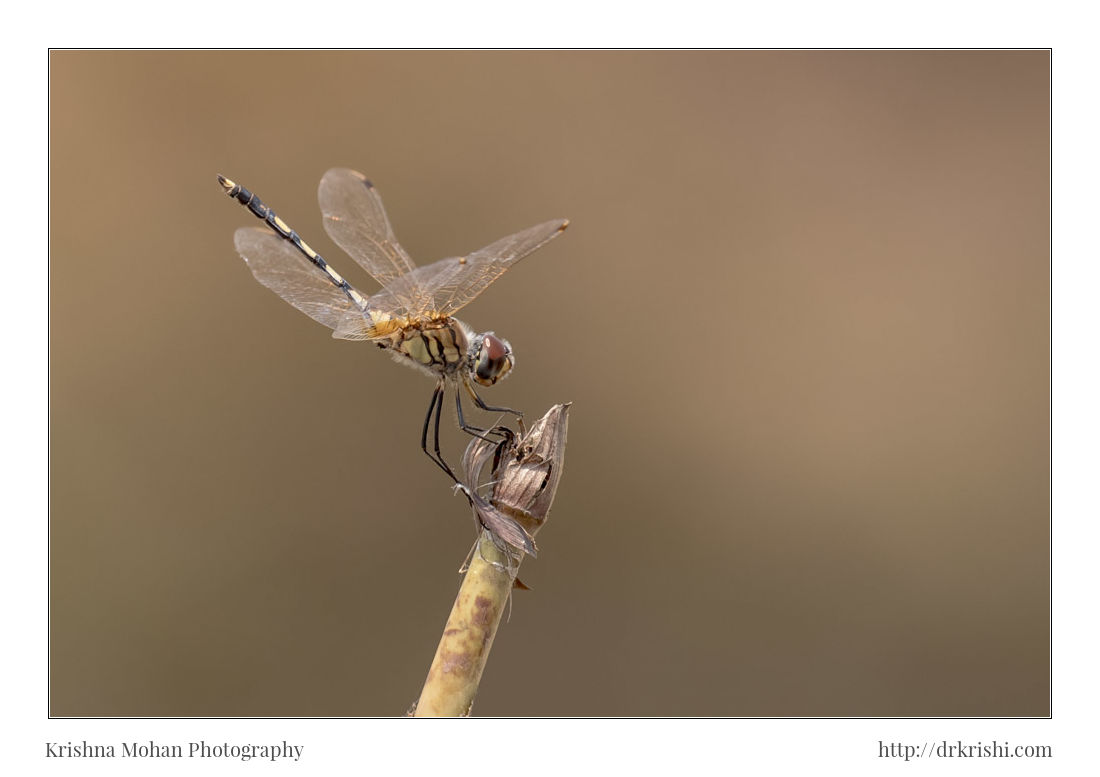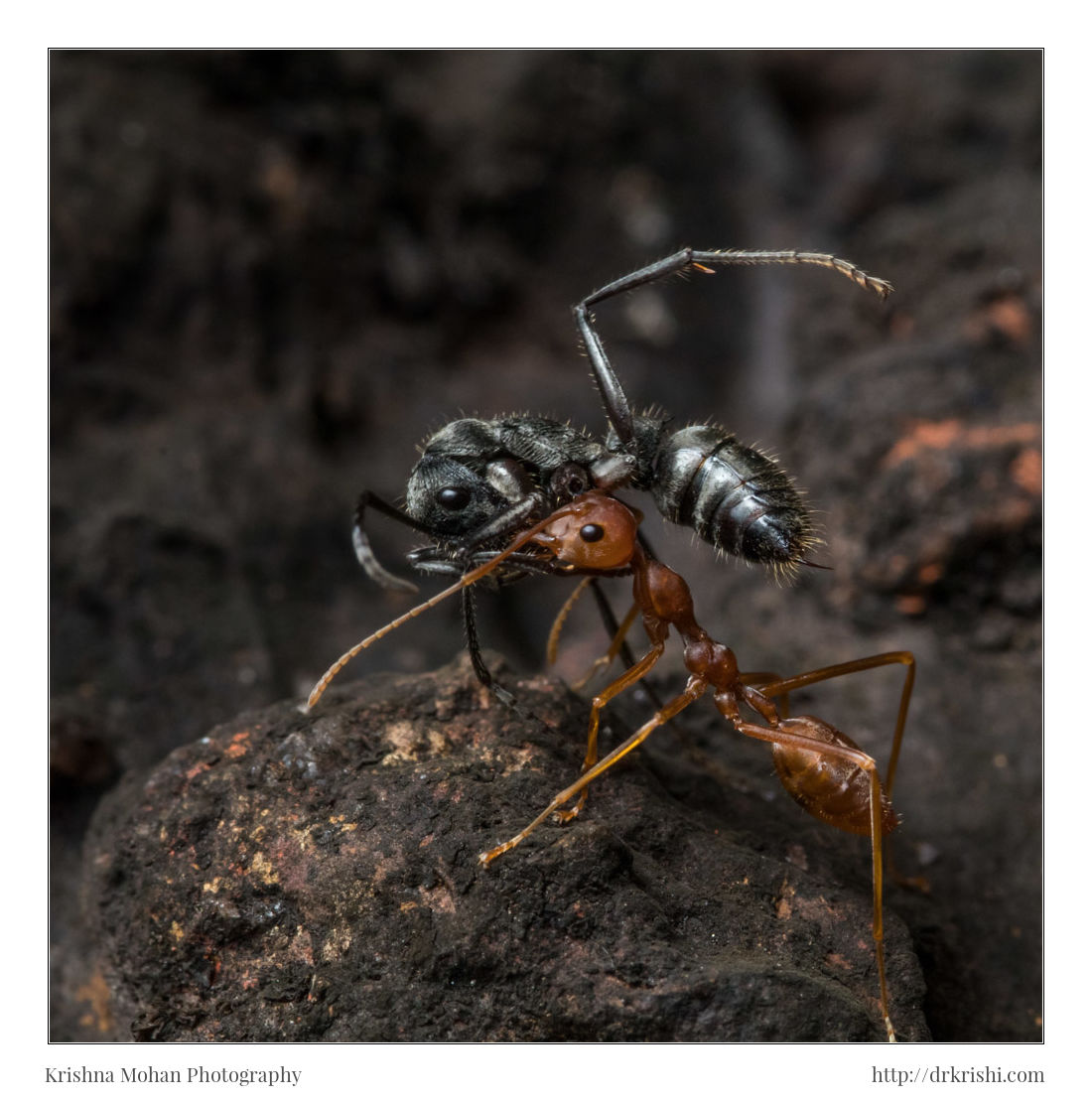Ant-Like Crab Spider – Amyciaea forticeps
In nature size matters. But the brain can outwit brawn. All spiders are efficient, but small predators. Spiders have evolved a range of predatory behaviours that allow them to evade and deceive several of their prey. This crab spider outwits ants by mimicking them and living amongst them so that it can feed on them. … Read more

